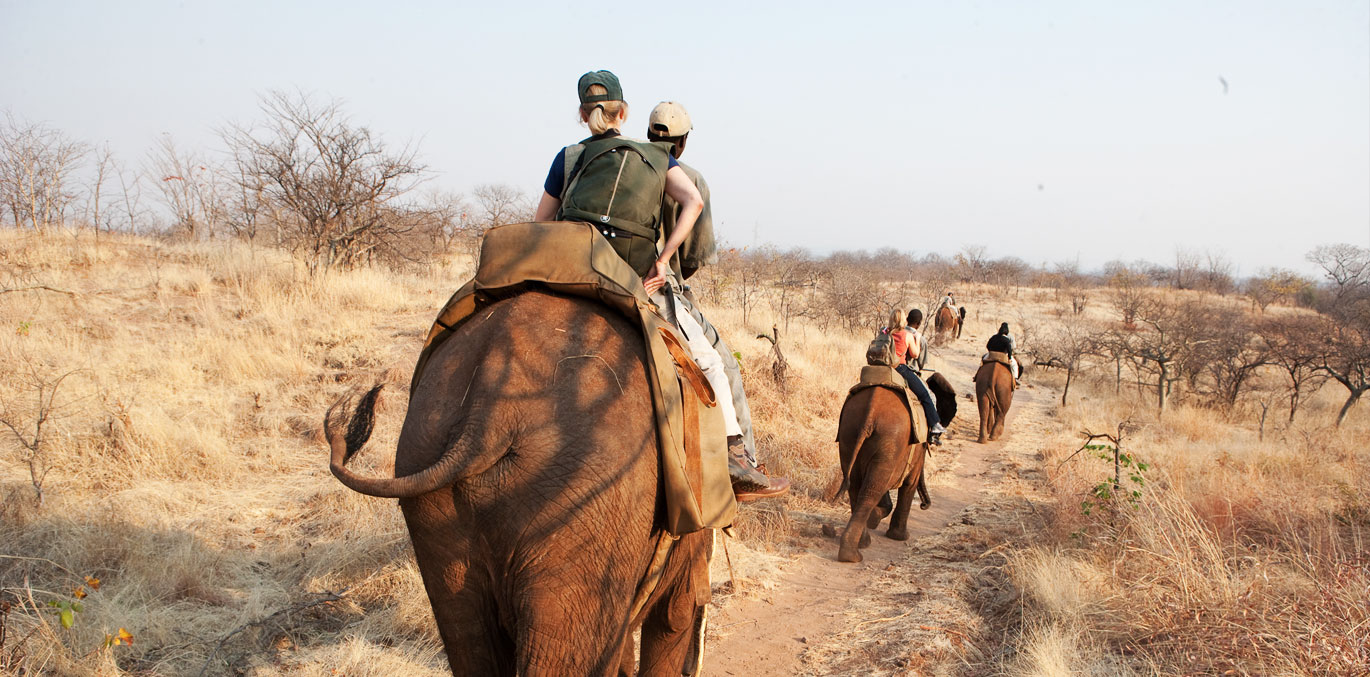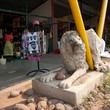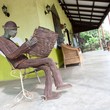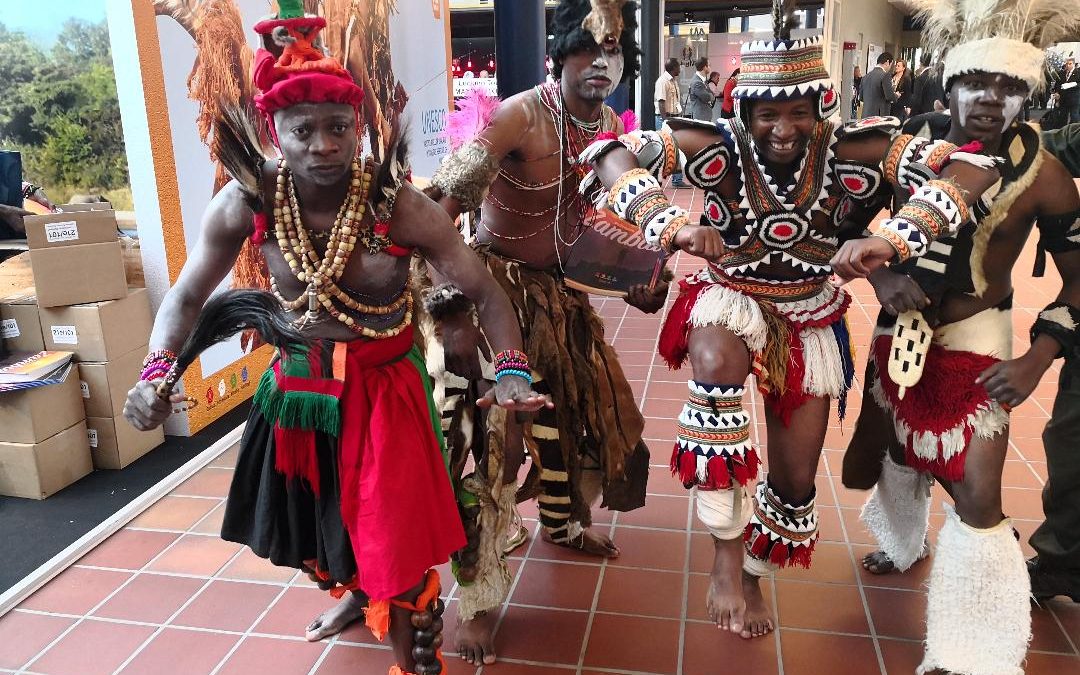Livingstone Town
Named after Scottish explorer Dr David Livingstone, Livingstone’s culture and history is intriguing – as is evidenced by the arts and craft producers, museums, colonial architecture, traditional village life, local food and the general African lifestyle.
About Livingstone Town
Originally known as the Old Drift, Livingstone owes its existence primarily to the Victoria Falls and was established as a staging point across the Zambezi River. The town is named after Dr. David Livingstone, the first European to see, name and publicise the Falls. The Scottish explorer's journey and first sight of the Falls in 1855 opened up Central Africa to other missionaries, hunters, and traders.
Livingstone was founded in 1905 at a safe distance from the then swampy banks of the Zambezi. In 1907 it became the capital of what was known as Northern-Western Rhodesia. In 1911 it became the capital of Northern Rhodesia, what is today called Zambia. In 1935 the capital was moved to Lusaka, but Livingstone retained its "Tourist Capital" status as well as much of its original colonial character.
History lovers will find Livingstone alive. Many buildings from the first decade of the centu ry are still in use. It was one of the first white settlements in Northern Rhodesia (Zambia) and for quite a while it was the only urban centre in the territory and the gateway to the north. The town has preserved much of its colonial character, but is a typical African town with an busy charm.
Rich in scenery and heritage, Livingstone today has become the tourist heart of Zambia. We welcome you to the city of heritage and culture.
Also see...

Victoria Falls
The Victoria Falls, one of the Seven Natural Wonders of the World, offers breath-taking views that are almost too spectacular and majestic to describe. Unique attractions on the Zambian side include the Boiling Pot and The Devil’s Pool.
Livingstone Town Facts
- Walking tours around Livingstone can be booked through most activity providers to take in the wonder and atmosphere of the town.
- There are many markets in Livingstone making and selling everything under the sun
- Livingstone also has an 18 hole golf course, complete with clubhouse, restaurant, proshop and gym.











